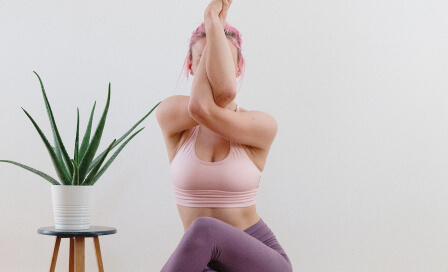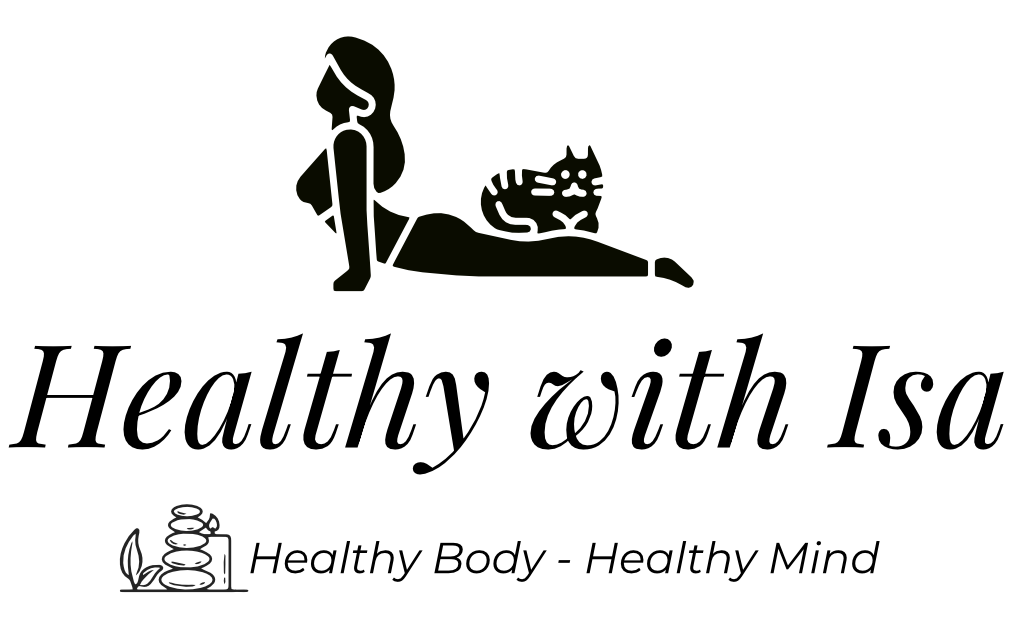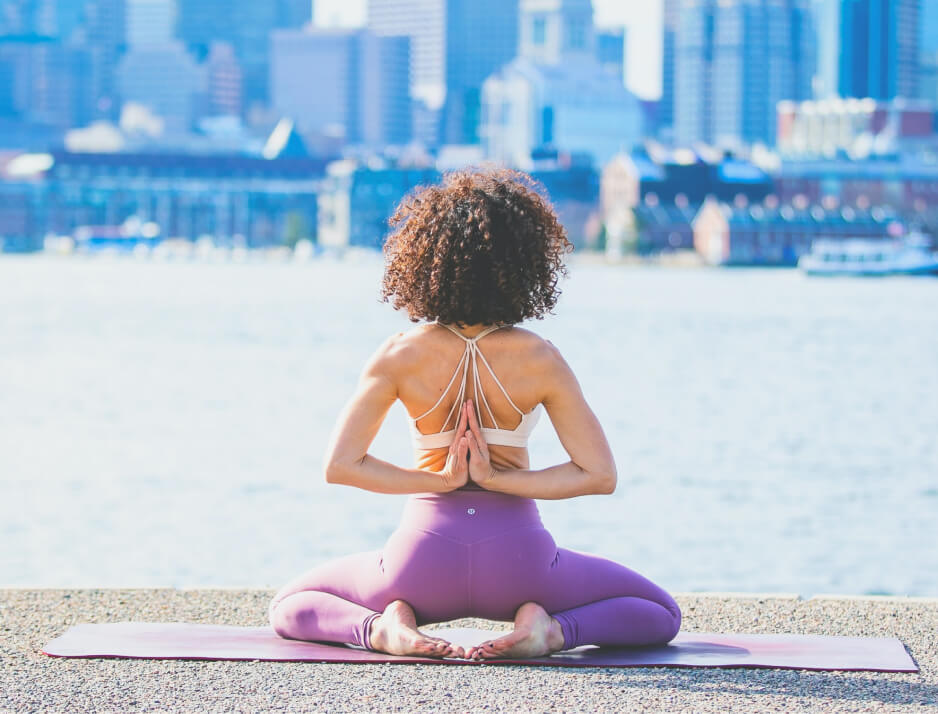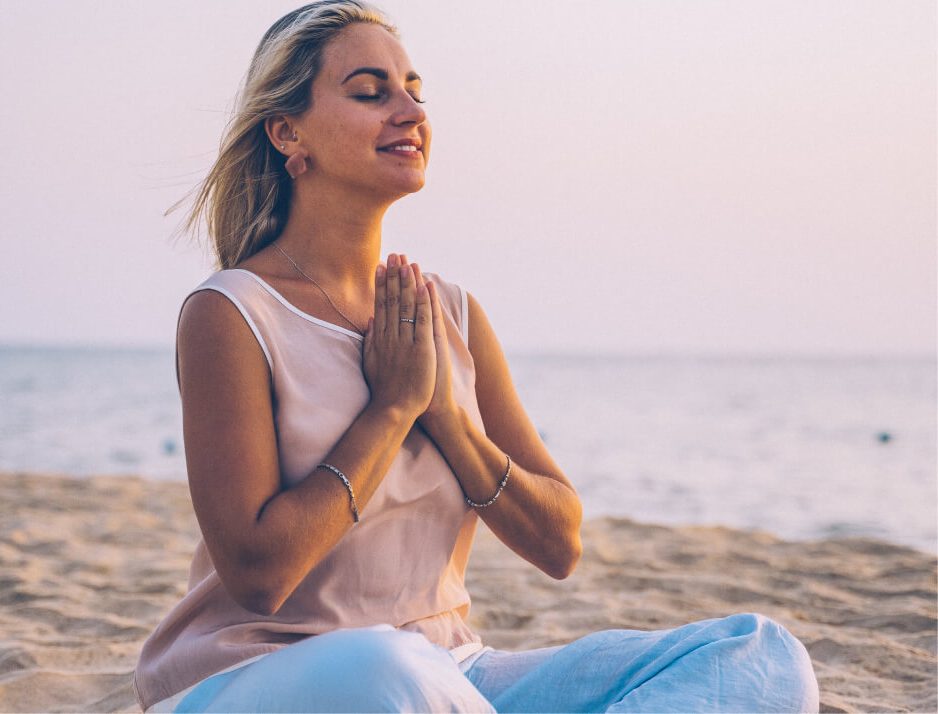Mind-Body Harmony: How Yoga and Pilates Transform Mental and Physical Health
In our fast-paced world, finding balance between physical fitness and mental wellbeing has become increasingly important. Two practices stand out for their exceptional ability to nurture both body and mind simultaneously: yoga and Pilates. These mindful movement disciplines offer a refreshing alternative to traditional exercise by emphasizing the crucial connection between physical movement and mental state. Whether you’re seeking stress relief, improved flexibility, or a stronger core, these practices deliver comprehensive benefits that extend far beyond the mat.
The Power of Mind-Body Connection
The mind-body connection isn’t just a wellness buzzword—it’s the foundation of both yoga and Pilates. As Joseph Pilates himself once said, “a body free from nervous tension and fatigue is the ideal shelter provided by nature for housing a well-balanced mind, fully capable of successfully meeting all the complex problems of modern living.”
Both practices were developed with holistic wellness in mind, though they originated in different historical contexts. Yoga’s ancient roots in India focused on uniting mind, body, and spirit, while Pilates was developed in the early 20th century with an emphasis on core strength and controlled movement. Despite their different origins, both share a fundamental understanding: the state of our body influences our mind, and vice versa.
Research supports this connection. According to a 2021 study, both yoga and Pilates participants showed significantly higher engagement in health-promoting behaviors and improved subjective health status compared to non-practitioners after just 8 weeks of regular practice. This suggests these disciplines don’t just make you feel better during class—they can transform your entire approach to wellness.
Physical Benefits of Yoga and Pilates
Strength and Flexibility
Both yoga and Pilates build strength throughout the body, though they approach it differently. Pilates focuses intensely on core strength—engaging deep muscles like the transverse abdominis and pelvic floor—which creates a stable foundation for all movement. This core-centric approach improves posture and can significantly reduce back pain.
Yoga, meanwhile, builds strength through holding poses that support your body weight, creating balanced muscle development throughout the body. Both practices enhance flexibility, with yoga particularly effective at increasing range of motion in joints and muscles
A 2019 study found that Pilates participants showed significantly higher improvement on Functional Movement Screen tests compared to both yoga and control groups, suggesting Pilates may be particularly effective for improving dynamic movement patterns that combine balance, stability, and mobility .
Injury Prevention and Rehabilitation
The controlled, low-impact nature of both practices makes them ideal for injury prevention and rehabilitation. Pilates has proven especially effective for recovery from injuries, with targeted movements that can be adapted for chronic pain and posture issues .
Yoga complements high-impact sports by providing much-needed stretching and recovery. As one expert notes, “Yin yoga would help support these people with their training and recovery to slow down and stretch into targeted areas.” Healthcare professionals increasingly recommend both practices as complementary strategies for orthopedic health.
For those with specific health concerns, research has shown impressive results:
-
More than 80% of yoga practitioners with previous lower back pain reported significant relief in their symptoms
-
Regular yoga practice has been shown to decrease total cholesterol by 23% and “bad” LDL cholesterol by 26% after 12 months
-
74% of adults with arthritis used regular yoga practice to significantly reduce pain and stiffness and improve mobility


Mental Health Transformation Through Mindful Movement
Stress Reduction and Emotional Regulation
Perhaps the most celebrated benefit of both practices is stress reduction. By activating the parasympathetic nervous system (our “rest and digest” mode), yoga and Pilates help reduce stress hormones and promote a sense of calm. Research from MindBody revealed that 70% of those who practice yoga or Pilates say it relieves stress for them
Both practices incorporate breathing techniques that further enhance this calming effect. In yoga, techniques like alternate nostril breathing promote emotional equilibrium, while Pilates emphasizes controlled breathing coordinated with movement.
A fascinating 2018 research project concluded that practicing Pilates resulted in “a statistically large reduction in symptoms of depression and anxiety, and in feelings of fatigue and lack of energy.” Another study found that yoga and meditation practitioners presented a smaller right amygdala volume over time, suggesting these practices can reduce our reactivity to stress .
Mindfulness and Presence
Both yoga and Pilates cultivate mindfulness—the practice of being fully present in the moment. This quality has profound implications for mental health, enhancing our ability to cope with challenging emotions and situations.
Yoga particularly emphasizes this aspect through meditation components and mindful awareness during poses. Pilates focuses on precision and control, requiring complete concentration on form and alignment. This intense focus creates what some call “moving meditation,” providing a mental break from daily stressors .
Both practices have been shown to increase heart rate variability (HRV), an indirect measure of how well our autonomic nervous system copes with stress . Higher HRV indicates greater resilience to stress and better emotional regulation.
Common Mistakes to Avoid in Your Practice
Pushing Too Hard, Too Fast
One of the most common mistakes beginners make is pushing themselves too quickly. Both yoga and Pilates are progressive practices that reward patience and consistency. Attempting advanced poses or exercises before building the necessary foundation can lead to injury and frustration.
According to injury statistics, about 10% of individuals experience pain following a yoga session, and the injury rate has been rising—from 9.5 injuries per 100,000 participants in 2001 to 17 per 100,000 in recent years. This increase is partially attributed to unqualified instructors leading classes for beginners.
Start with beginner-friendly classes and communicate with your instructor about any limitations or concerns. Remember that both practices emphasize quality of movement over quantity or intensity.
Neglecting Proper Form
Both yoga and Pilates are precision practices where form matters significantly more than how far you stretch or how many repetitions you complete. Improper alignment not only reduces the effectiveness of the exercises but can lead to injury over time.
In Pilates particularly, the six principles (breathing, centering, concentration, control, precision, and flow) contribute to developing awareness of movement and motor sense that impact functional movements . Rushing through movements without attention to these principles diminishes the benefits.
Inconsistent Practice
The transformative benefits of yoga and Pilates emerge through regular, consistent practice. An 8-week study showed significant improvements in health-promoting behaviors and subjective health status among regular practitioners , but these benefits require ongoing commitment.
Rather than sporadic intense sessions, aim for regular practice—even if it’s shorter sessions. Consistency matters more than duration or intensity, especially when beginning.
Ignoring Your Body’s Signals
Perhaps the most important principle in both practices is listening to your body. Pain (beyond mild discomfort from working muscles) is never the goal. Both yoga and Pilates encourage self-awareness and honoring your limits.
Modify poses and exercises as needed, and don’t compare your practice to others. Everyone’s body is different, with unique strengths, limitations, and needs.
Starting Your Journey to Holistic Wellness
Beginning a yoga or Pilates practice doesn’t require expensive equipment or perfect flexibility—just an open mind and willingness to learn. Here are some tips to start your journey:
-
Choose the right style for your needs: If core strength and precise movement appeal to you, Pilates might be your ideal starting point. If you’re seeking flexibility, stress reduction, and spiritual connection, yoga might be more aligned with your goals. Many practitioners eventually incorporate both into their wellness routines.
-
Find qualified instruction: Whether through in-person classes or reputable online platforms, learning proper technique from the beginning sets you up for success. Look for instructors with recognized certifications.
-
Start where you are: Both practices meet you at your current fitness level. Modifications exist for nearly every pose or exercise, making them accessible regardless of age, flexibility, or strength.
-
Be patient with yourself: The mind-body connection deepens over time. Celebrate small improvements and approach your practice with curiosity rather than judgment.
-
Integrate mindfulness beyond the mat: The breathing techniques and body awareness you develop can be applied throughout your day, enhancing stress management and overall wellbeing.
The beauty of yoga and Pilates lies in their holistic approach to wellness. By nurturing both physical strength and mental clarity, these practices offer a path to true mind-body harmony that extends far beyond the studio or mat. As research continues to validate their numerous benefits, these ancient and modern movement disciplines prove themselves to be powerful tools for women seeking balanced, sustainable wellness in today’s demanding world.
Whether you’re managing stress, recovering from injury, or simply seeking a more mindful approach to fitness, yoga and Pilates offer transformative potential for both body and mind. Your journey to mind-body harmony awaits—all you need to do is begin.
Citations:
- https://www.healthdirect.gov.au
- https://www.orlincohen.com
- https://blog.clubpilates.com.au/
- https://pmc.ncbi.nlm.nih.gov/
- https://www.vanessamichielon.com/
- https://pmc.ncbi.nlm.nih.gov/
- https://www.yogkulam.org/blog/yoga-statistics
- https://www.youngwellnessllc.com/
- https://pubmed.ncbi.nlm.nih.gov/
- https://www.harpersbazaar.com/




